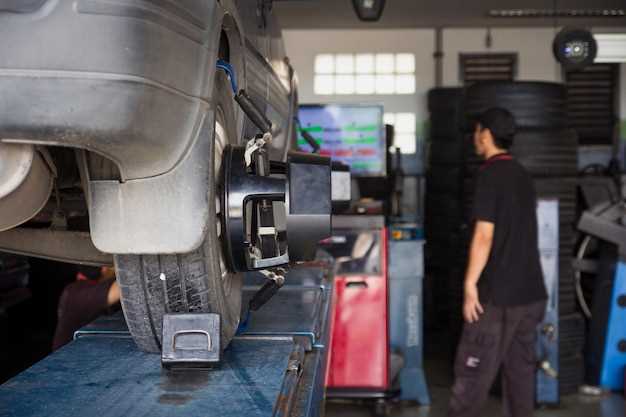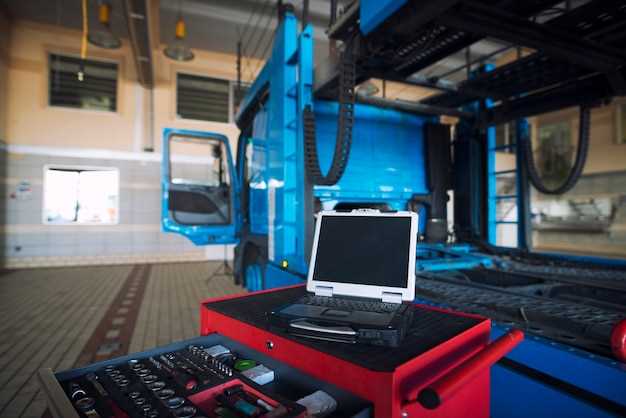
The process of repairing a vehicle after a collision is a complex and intricate procedure that demands precision, skill, and the right technology. In a modern collision repair shop, each step is meticulously designed to restore a vehicle to its pre-accident condition, ensuring safety and aesthetics are not compromised. From the moment a damaged vehicle enters the shop to the final quality check, every detail is crucial.
Initially, the assessment stage plays a vital role in determining the extent of the damage. Expert technicians conduct a thorough examination using advanced diagnostic tools and software to identify both visible and hidden issues. This evaluation informs the necessary repairs and helps in preparing a detailed estimate for the customer. Transparency during this phase builds trust and ensures that vehicle owners are well-informed about the repair process.
Once the assessment is complete, the repair process begins with disassembly. Technicians carefully dismantle damaged components, paving the way for necessary replacements or repairs. Modern collision repair shops are equipped with cutting-edge technology, including frame alignment machines and paint booths, allowing for precision in repairs and refinishing. This sophisticated equipment not only enhances efficiency but also contributes to the overall quality of the repair work.
In conclusion, the modern collision repair process encompasses much more than just fixing visible damage. It involves a blend of skilled craftsmanship and technological advancements, ensuring that every vehicle is returned to its owner in optimal condition. Understanding this process is essential for vehicle owners seeking reliable repair services, ultimately leading to safer roads and satisfied customers.
Assessing Damage: The Initial Steps Taken in a Collision Repair Shop

The process of assessing damage in a collision repair shop begins immediately upon the vehicle’s arrival. The first step is a thorough inspection by a trained technician. This involves examining the exterior for visible dents, scratches, and any structural deformities that may have occurred due to the collision. The technician takes detailed notes and photographs to document the condition of the vehicle for both the repair records and insurance claims.
Next, the technician conducts a more detailed inspection under the hood and beneath the vehicle. This examination focuses on critical components such as the engine, transmission, suspension, and exhaust systems. Any signs of leakage, misalignment, or damage are noted, as these can impact the vehicle’s overall functionality and safety.
After the visual inspection, a diagnostic scan is often performed using specialized equipment to check for any hidden electronic faults. Modern vehicles are equipped with numerous sensors and computer systems that may be affected by an accident. Identifying these issues early helps in providing an accurate estimate for repairs.
The technician then prepares a comprehensive damage report, which includes all findings, necessary repairs, and associated costs. This report is crucial for discussions with the vehicle owner and insurance companies. Clear communication at this stage ensures that all parties understand the extent of the damage and the proposed repair plan.
Finally, the vehicle owner is presented with the assessment, allowing them to ask questions or express concerns. This collaboration ensures transparency and helps build trust between the repair shop and the customer before proceeding with the repair process.
Advanced Repair Techniques: Tools and Technologies Used in Modern Shops

Modern collision repair shops utilize a variety of advanced techniques, tools, and technologies to ensure high-quality repairs and restore vehicles to their pre-accident condition. One of the most significant innovations is the integration of computer-aided design (CAD) in damage assessment. This technology allows repair technicians to analyze structural integrity and identify areas that require repair with precision.
Another crucial tool in contemporary shops is the use of frame alignment machines. These machines utilize laser technology to accurately measure the alignment of a vehicle’s frame, ensuring that it meets manufacturer specifications after repair. The precision of these machines minimizes the risk of future issues related to vehicle handling and safety.
Automated paint booths equipped with advanced spray technology ensure a smooth and even application of paint. These booths maintain a controlled atmosphere, reducing contaminants and improving the overall quality of the finish. Additionally, modern facilities use infrared curing lamps to expedite the drying process, which enhances efficiency and reduces turnaround times.
Furthermore, advanced welding techniques, such as MIG and TIG welding, play a vital role in metal repair. These methods provide strong and durable joints, essential for maintaining the structural integrity of vehicles. The use of robotics in welding not only increases precision but also allows for faster repairs in high-volume environments.
Diagnostic equipment, such as scanning tools, enables technicians to identify issues related to electronic components quickly. Modern vehicles contain numerous sensors and electronic systems; therefore, comprehensive diagnostics are essential to ensure all systems function correctly after repairs.
Additionally, repair shops increasingly rely on 3D printing technology for producing custom parts and tools. This capability allows for rapid prototyping and replacement of discontinued parts, thereby reducing downtime for customers.
Incorporating these advanced techniques and technologies significantly enhances repair accuracy, efficiency, and overall customer satisfaction. As the automotive industry continues to evolve, so too will the tools and methods used within collision repair shops, providing even greater capabilities for technicians.
Quality Control: Ensuring Vehicle Safety Post-Repair
Quality control is a critical aspect of the collision repair process, playing a pivotal role in ensuring vehicle safety after repairs are completed. This phase involves a comprehensive evaluation of the vehicle to confirm that it meets safety standards and manufacturer specifications.
The quality control process typically includes several key steps:
- Initial Inspection: After repairs, a qualified technician will conduct a thorough visual inspection to assess the quality of the work performed. This involves checking for alignment, paint consistency, and any visible imperfections.
- Functional Tests: Technicians will run diagnostic tests to ensure that all vehicle systems are functioning correctly. This includes checking the brakes, steering, lights, and any advanced safety systems that may have been impacted during the repair.
- Structural Integrity Assessment: A detailed evaluation of the vehicle’s frame and structural components is conducted. This helps to ensure that any structural repairs are sound and that the vehicle is safe to operate.
- Quality Checks for Parts: All parts used in the repair process should be original equipment manufacturer (OEM) or high-quality aftermarket parts. Quality control includes verifying the integrity of these components.
- Final Approval: Before the vehicle is returned to the owner, it undergoes a final review by a quality control manager. This step ensures that all repairs meet the established guidelines and that the vehicle complies with safety regulations.
Consistent quality control not only assures compliance with safety standards but also builds trust between the repair shop and its customers. Implementing standardized procedures and thorough documentation during the quality control phase is essential for maintaining high repair standards.
In addition to these steps, continuous training of technicians on the latest repair techniques and safety protocols is crucial. Shops should regularly update their equipment and tools to stay current with advancements in the automotive repair industry.
Ultimately, a robust quality control process is indispensable in collision repair, ensuring that vehicles are safe for the road and protecting the well-being of drivers and passengers alike.

